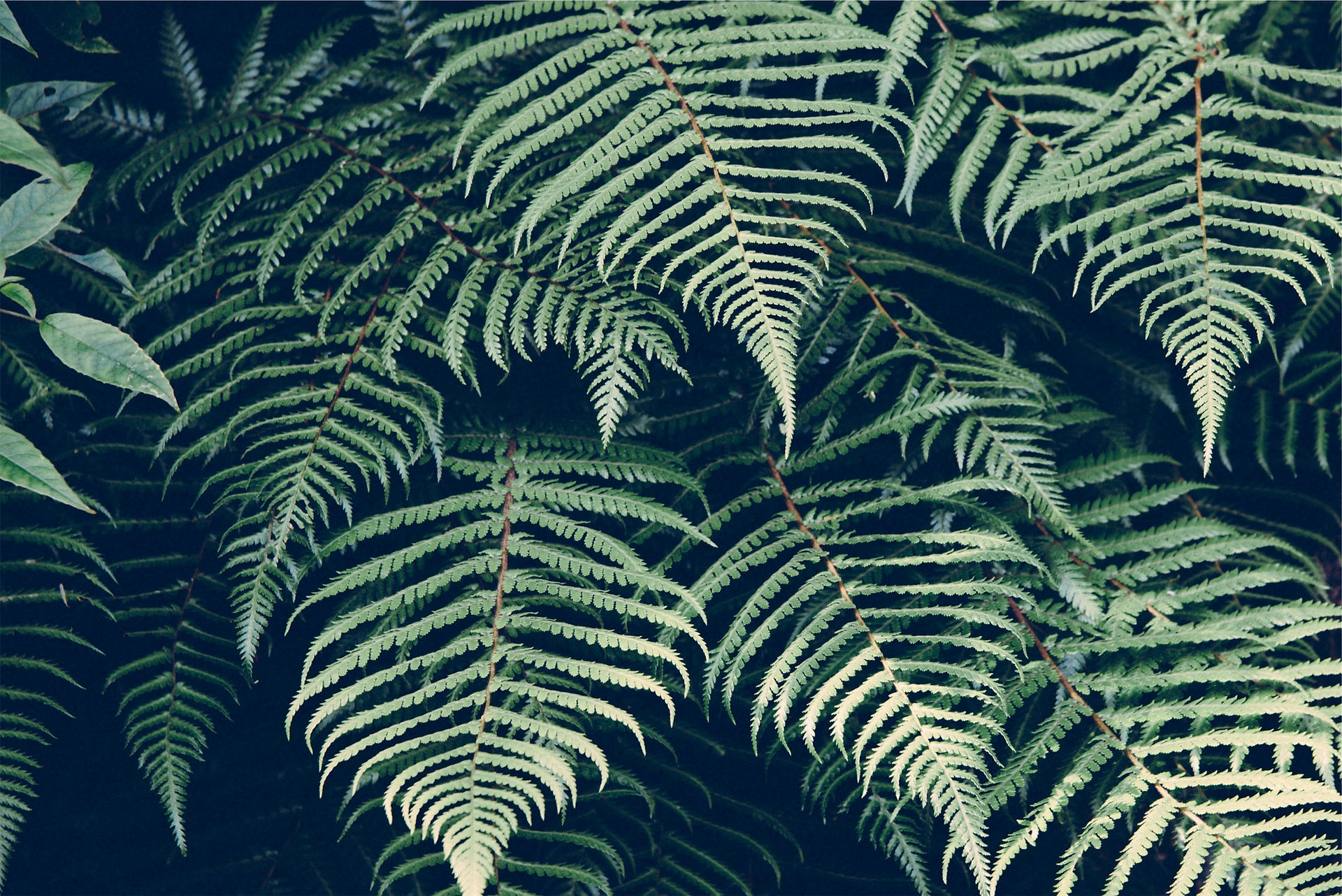Romblonella Coryae
- juliusericlingabio
- Dec 16, 2015
- 2 min read

Workers were opportunistically collected from low vegetation along the trail (estimated length = 15 km) from the road to camp and from the tarpaulin shelters at the camp, and from sifted leaf litter. The biology of Romblonella ants is unknown. Collection notes for this species may provide a clue to its nesting preference. Four specimens were opportunistically collected from the tarpaulin covers sheltering our camp. Other specimens were collected from low vegetation along the trails and from the leaf litter between the buttresses of large forest trees. This implies that Romblonella coryae may be arboreal and have simply been blown off the trees overhead. It may be necessary to apply arboreal sampling techniques to find a nest in the trees. Previous to the discovery of R. coryae, only Romblonella opaca was known from the Philippines (General and Alpert, 2012). The presence of two species in the Philippines implies that other species may remain undiscovered in other islands in the country. The Romblonella coryae belongs to the Kingdom Animalia under Phylum Arthropoda means means invertebrate animal having an exoskeleton, a segmented body, and jointed appendages and Class Insecta means class of invertebrates within the Arthropod phylum that have a chitinous exoskeleton, a three-part body, three pairs of jointed legs, compound eyes and one pair of antenna. Order Hymenoptera means two wings under the Formicidae the family of insects compromising the ants. Romblonella a genus of myrmicine ants and species of R. coryae under the name of late
President Cory Aquino.
Gross Morphology

The ant has three parts: The head which has 4.60 mm and 4.88 mm in length, dark brown in color, yellow on their mandibles and they have antennae. Mandible is a part of an insect’s mouth that looks like a jaw that is used for biting. The thorax which has yellow-orange color at the back and has tiny hair. It has 3 consecutive divisions: 1 big and 2 smalls, 3 pairs of hairy legs, black color at the upper part of leg and yellow color at the lower part of it. And Lastly, The Abdomen which has it has an oval shape, hairy and black in color.
Animal Description

It could be found rainforest and lowland area. It undergoes complete metamorphosis from egg it becomes larva after 7 to 14 days, it develops into pupa after 4 weeks, and after 6-10 weeks it will become adult. The queen ant copulates with several males during her mating period, but never again afterwards. The queen ant stores sperm in the spermatheca, near the tip of the abdomen until she opens the valve that allows the sperm to enter her reproductive tract. In order for them to breathe they use spiracles and for them to excrete waste, they use their malpighian tubules. They mainly fed on fruits, meat, seeds, vegetables and decaying animals known as one of the decomposers.
Taxonomical Classification



Comments